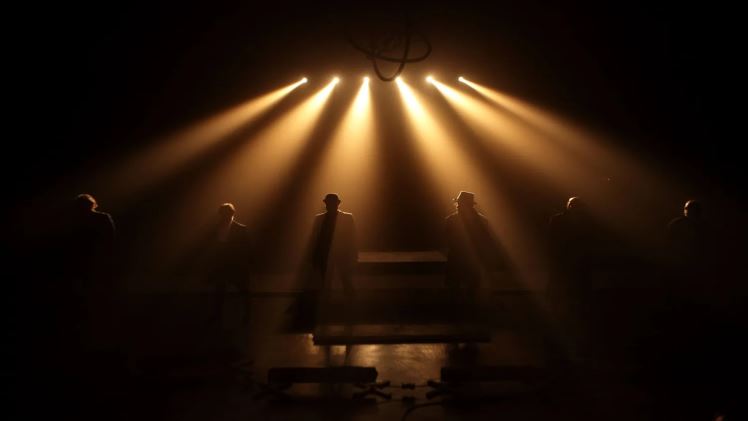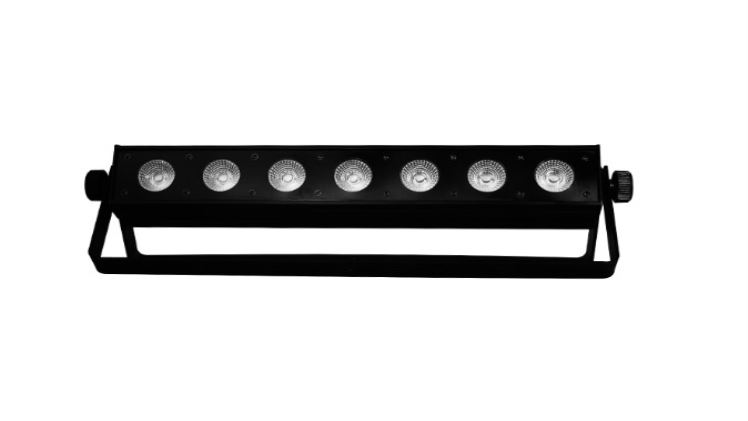Dramatic Studio Lighting: Illuminating Emotion and Atmosphere on Stage

Studio lighting is a powerful tool in the hands of a skilled lighting designer, capable of transforming a performance space into a dynamic canvas that enhances the emotional depth and narrative impact of a production. In the realm of theatrical arts, dramatic studio lighting plays a pivotal role in shaping the mood, guiding the audience’s focus, and creating a visual language that communicates the essence of a story. Creating a dramatic atmosphere on stage with studio lighting involves a combination of techniques and creative ideas. Choose a bold and dynamic color palette that complements the mood of the performance. Deep blues, rich reds, and intense purples often create a dramatic ambiance. Coordinate lighting with the set design to create a seamless and immersive experience. Ensure that the lighting enhances the overall visual aesthetic.
Setting the Stage with Low-Key Lighting:
One of the fundamental elements of dramatic studio lighting is the use of low-key lighting. By strategically placing shadows and limiting the amount of ambient light, low-key lighting adds an air of mystery and tension to the stage. The interplay of light and shadow becomes a dance, heightening contrasts and sculpting the physicality of actors and set pieces. This technique is p1a0rticularly effective in creating a sense of intimacy or suspense, drawing the audience into the emotional core of the performance.
Hard Lighting for Sharp Contrast:
In the pursuit of drama, the application of hard lighting comes to the forefront. Defined by its sharp shadows and intense highlights, hard lighting imparts a bold, cinematic quality to the stage. Theatrical spotlights and fresnels become sculptors of the visual landscape, emphasizing the contours of actors’ faces and the textures of the set. This technique is especially potent in scenes requiring heightened emotion or pivotal moments, where the stark contrast contributes to the overall impact.
The Dance of Shadows:
Side lighting, a classic technique in dramatic studio lighting, introduces shadows that dance across the stage. By illuminating subjects from the side, the technique emphasizes facial features and adds a three-dimensional quality to the performance. The interplay of light and shadow becomes a choreography, enhancing the expressiveness of actors and enriching the narrative depth. This technique is instrumental in revealing the nuances of character emotions and interactions.
Color as Emotional Palette:
A vibrant aspect of dramatic studio lighting lies in the strategic use of color. Colored gels, when applied to light sources, infuse the stage with a rich and emotive palette. Deep reds, blues, and greens evoke specific moods and intensify the atmosphere. The emotional impact of a scene can be heightened by the careful selection and manipulation of color, allowing lighting designers to paint the stage with hues that resonate with the narrative’s underlying sentiments.
Beyond Illumination: Creating Atmosphere:
Dramatic studio lighting transcends the mere illumination of a stage; it is an atmospheric alchemy that transforms the audience’s perception of space and time. Chiaroscuro techniques, borrowed from classic art, introduce a dynamic interplay of light and dark that adds layers of complexity to the visual narrative. Silhouette lighting, where subjects are backlit to create compelling shadows, adds a touch of mystery and abstraction, leaving room for the imagination to fill in the details.
Conclusion:
In the realm of theatrical arts, dramatic studio lighting stands as an art form in itself—a dynamic and expressive medium that collaborates with other elements of production to weave a compelling visual tapestry. From the subtlety of low-key lighting to the bold strokes of hard lighting, from the dance of shadows to the emotional resonance of colored hues, each technique contributes to the overall impact of a performance. As technology advances and creative minds continue to push boundaries, the artistry of dramatic studio lighting will undoubtedly evolve, offering new possibilities for storytelling and enchanting audiences with its captivating illumination.






